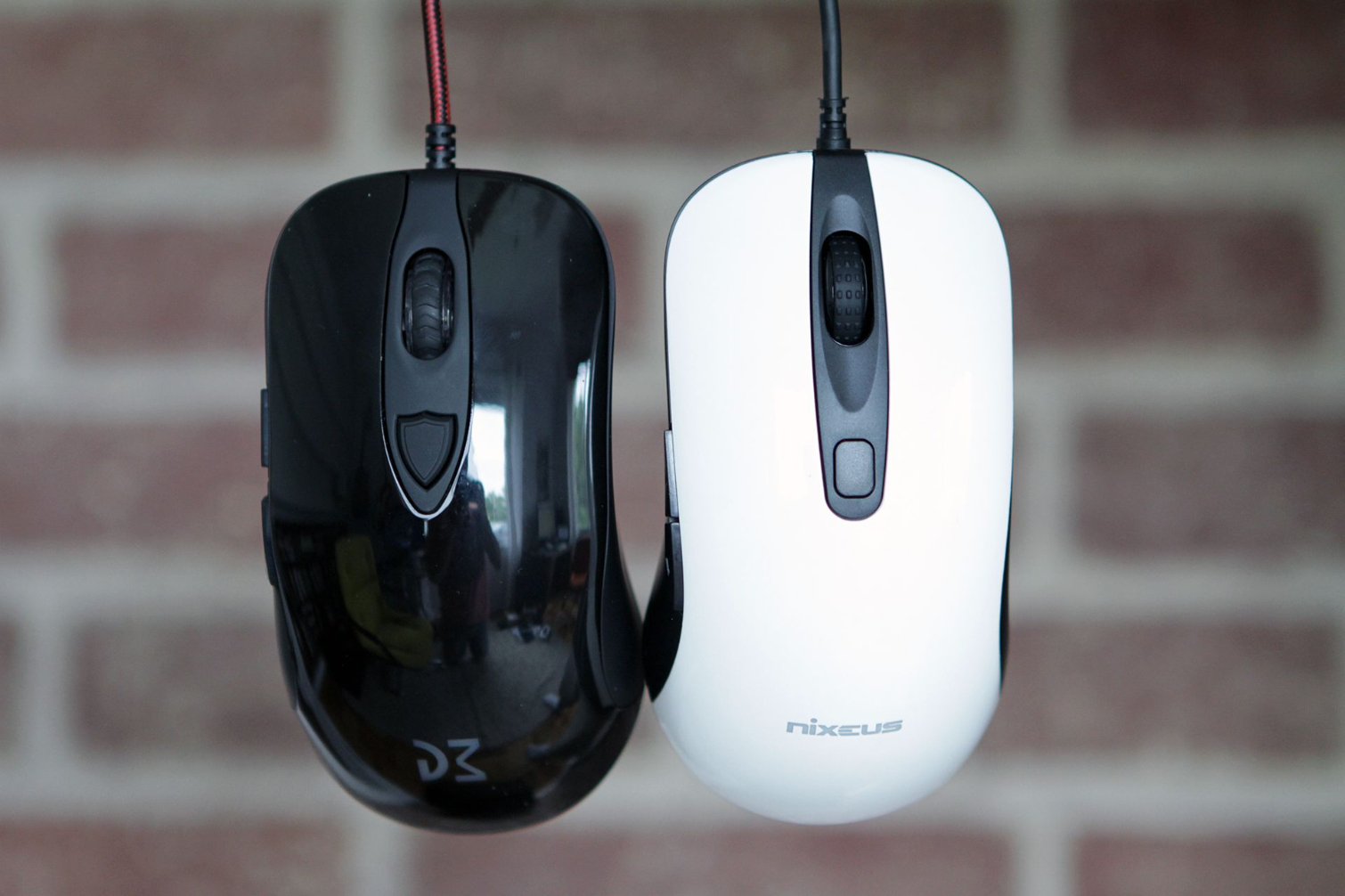Dream Machines DM1 Pro S Mouse, Quick Look
There is a preponderance of “gaming mice” that promise solid performance thanks to higher-end components, but come in at a reduced price because they lack software. Dream Machines’ DM1 Pro S is the latest entrant into that field.
The DM1 Pro S is essentially an update to the DM1 Pro. The primary update (and the chief selling point Dream Machines is pushing) is the addition of the PixArt 3360 optical sensor, which is capable of 12,000 DPI. This is compared to the PixArt 3310 in the previous DM1 Pro; Dream Machines claimed that the new sensor allows you to use the DM1 Pro S on “more and different” types of surfaces.
“The imaging algorithm is so exact that it functions even on a shiny surface,” claimed the DM1 Pro S’ product page. “Plus, DM1 Pro S is fine tuned to mimic your movement perfectly even when lifting and putting down the mouse quickly and at an angle.”
The DM1 Pro S is, however, not the first mouse with the 3360 sensor to hit the market. For example, the Corsair M65 Pro RGB, SteelSeries Rival 700, and newly-announced Nixeus Revel all sport the same sensor.
Notably, although the likes of the M65 Pro RGB and Rival 700 are fairly tricked-out devices, the Revel and the DM1 Pro S lack software and have plenty more in common; that is, they appear to be nearly identical to one another. But there’s more here than meets the eye.
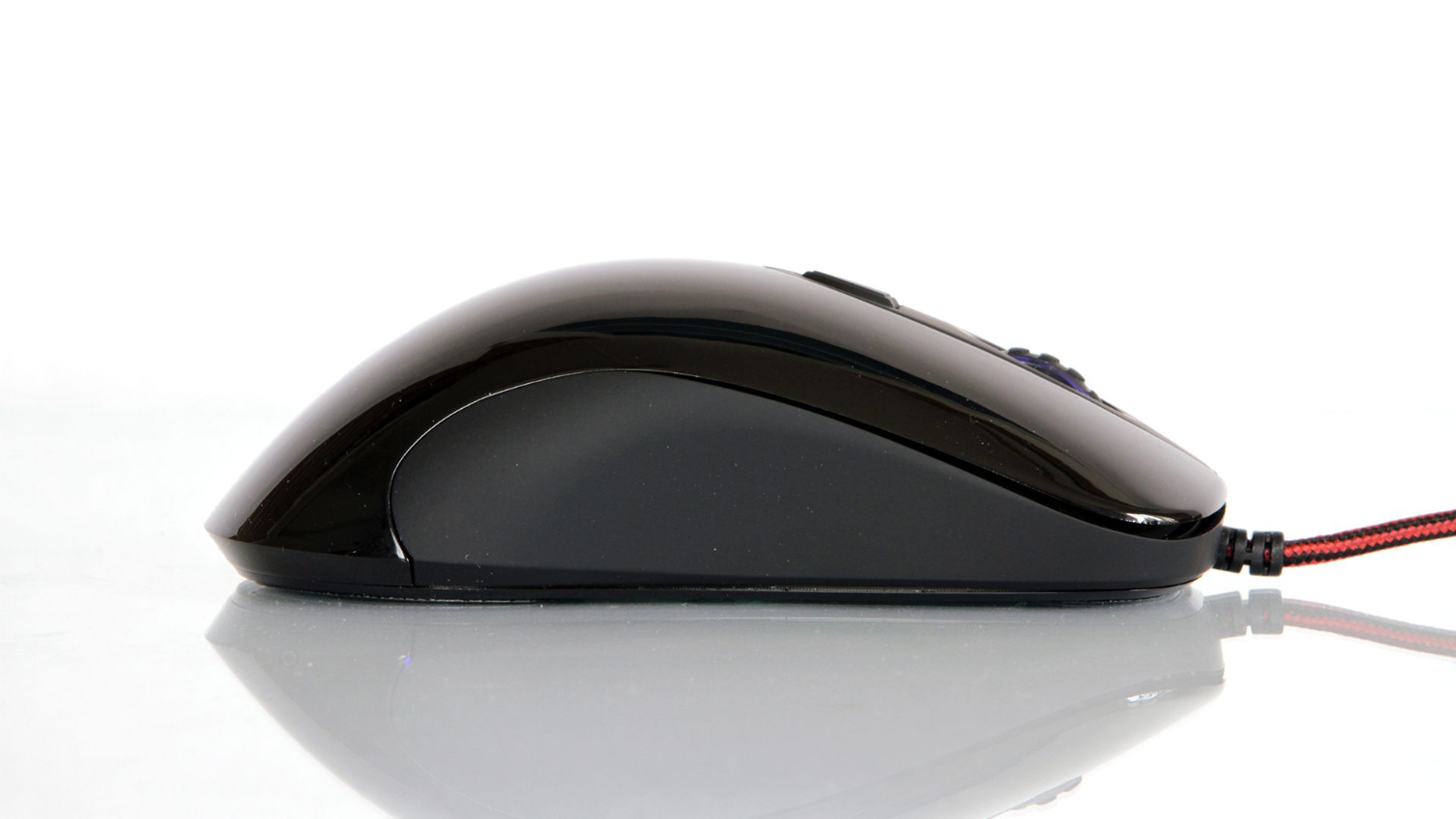
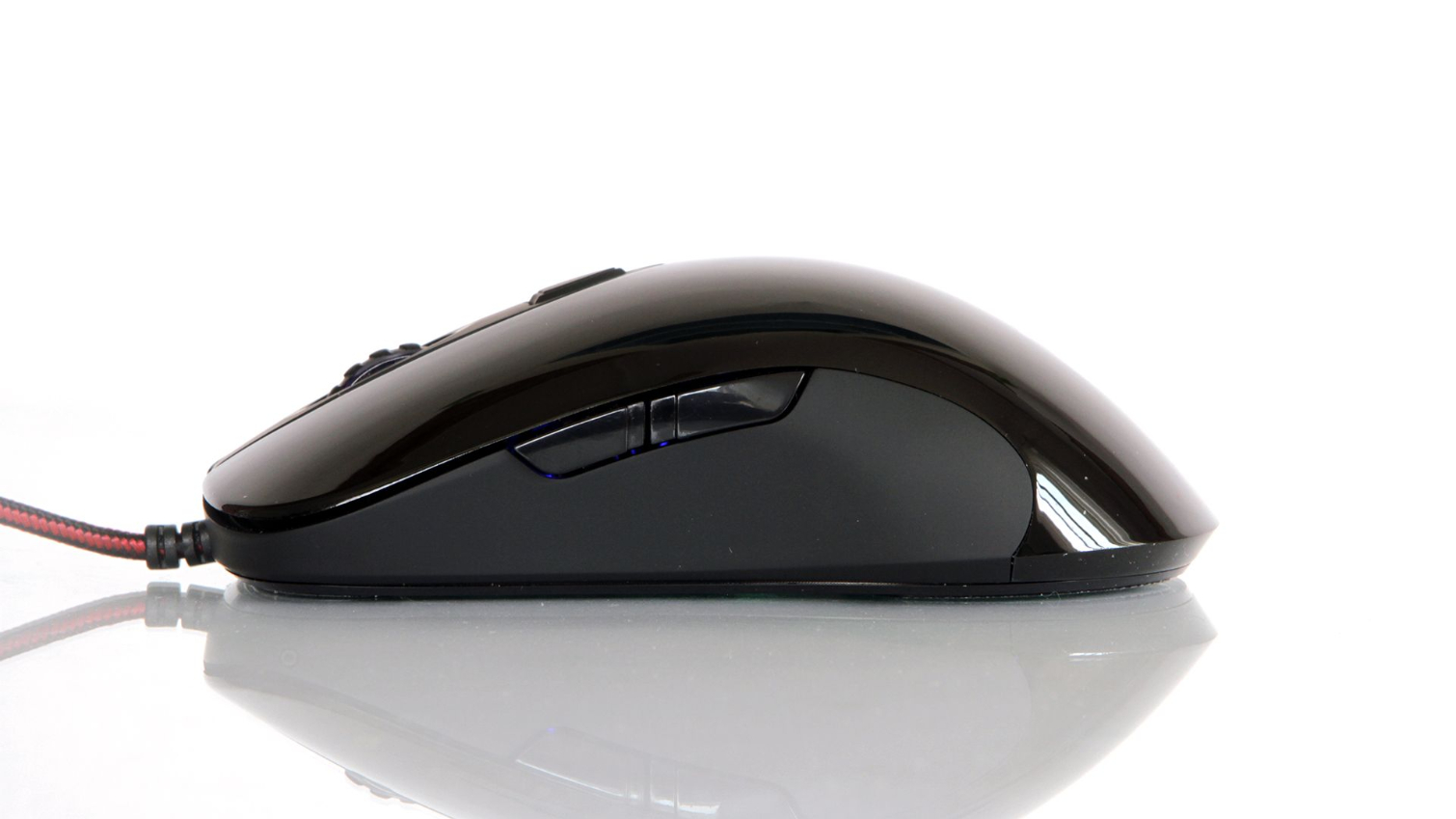
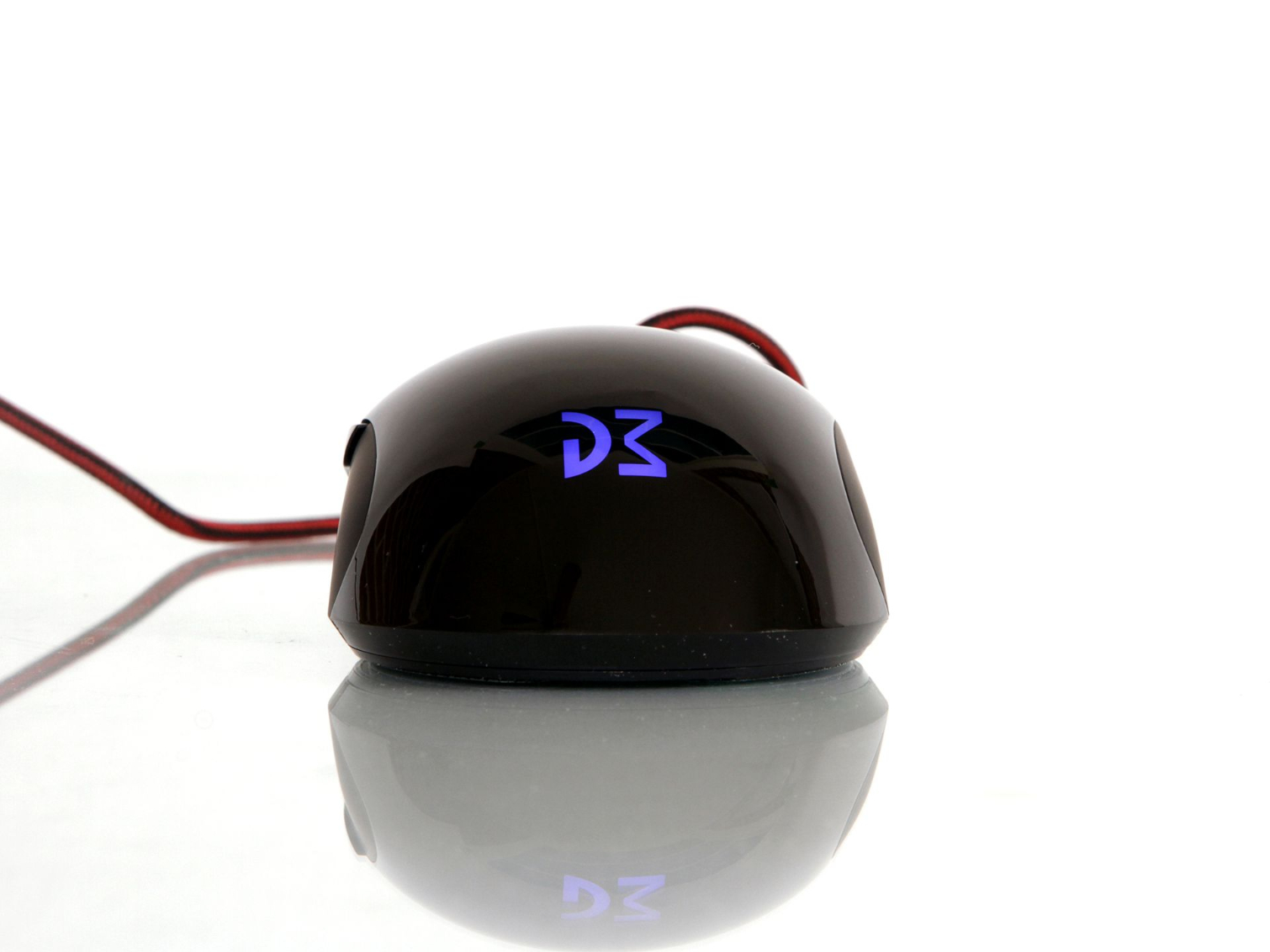
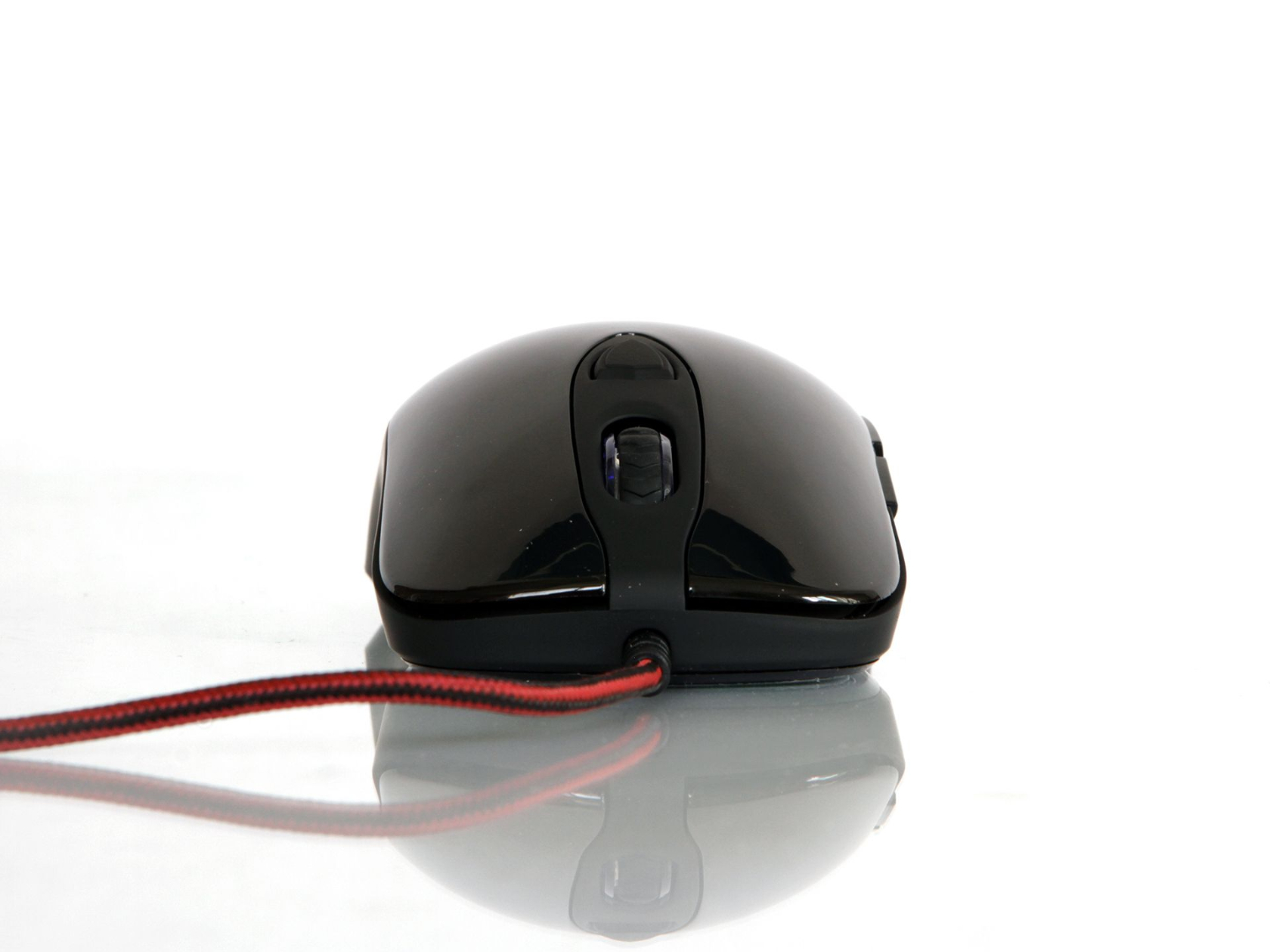
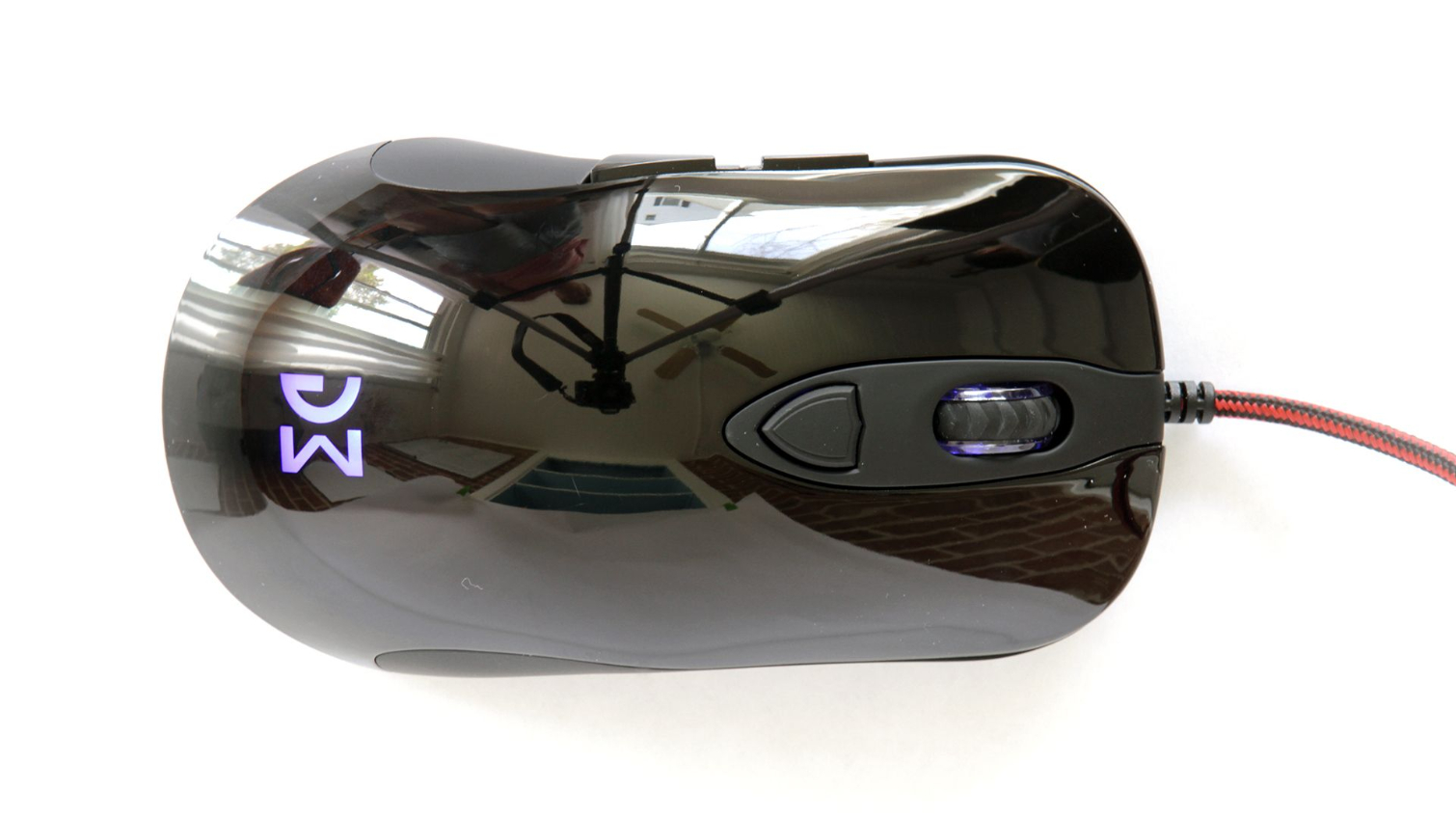


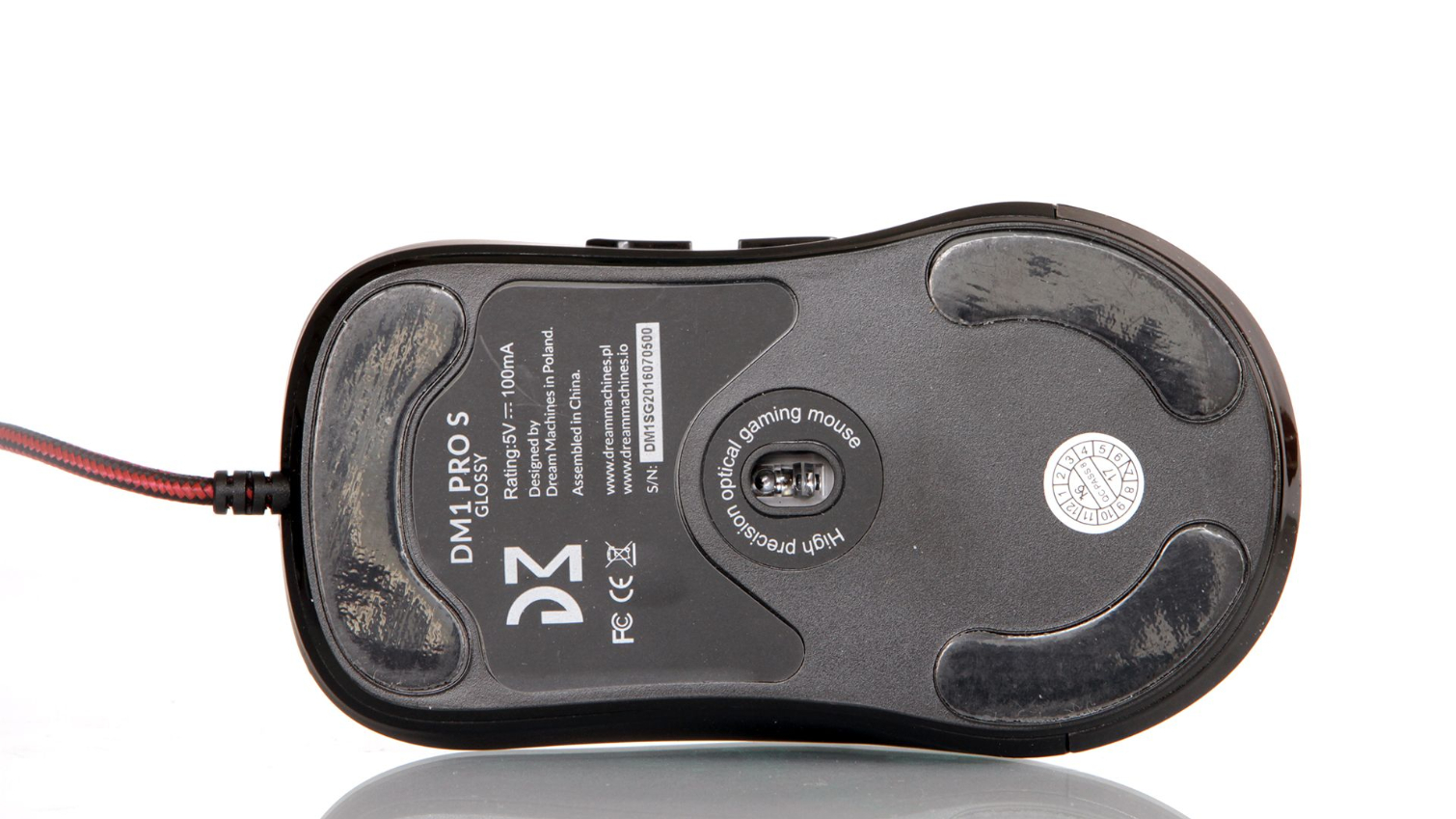
Not The Same Mouse
Astute observers may notice that the specs and look of the DM1 Pro S and Nixeus Revel are strikingly similar. In fact, comparing them side-by-side, you’d be hard-pressed to discover any significant differences. The body shapes are identical, they have the same sensor, they have the same number of buttons, they weigh the same and neither ships with software.
Looks can be deceiving, though. For example, if you look closely at the DPI settings, you’ll note that the Nixeus Revel (400/800/1,200/1,600/2,000/3,200/5,000/12,000 DPI) offers a slightly better level of granularity than the DM1 Pro S (400/800/1,600/2,400/4,800/12,000), and the latter is missing that all-important middle setting between 800 DPI and 1,600 DPI.
Get Tom's Hardware's best news and in-depth reviews, straight to your inbox.
You can also clearly see that the forward/back buttons, click wheels and DPI switchers on the two mice are different. Finally, the Revel has a rubber cable whereas the DM1 Pro S’ is braided.
I checked with both Nixeus and Dream Machines representatives about any further differences. The Nixeus rep pointed out that there are several. The Revel has a different lever system for its side buttons, which are set back a little further than the ones on the DM1 Pro S, and it uses a different click wheel encoder and has a different PCB. He also noted that the two mice are manufactured in different factories, a detail the Dream Machines rep believed to be accurate.
The two side buttons definitely feel different. The ones on the Revel require a much lighter press, and they feel almost wobbly in comparison. The Revel’s scroll and click feel slightly lighter, too.
The Specs
But anyway, back to the DM1 Pro S. It has six total buttons: the L/R click, two side buttons, single DPI switching button and a click wheel. The single DPI button can be problematic for some users, as it ensure that you can’t toggle back and forth between two settings--you must click through all eight if you want to get back to the one you were using.
The L/R buttons and click wheel have Omron switches rated for 20 million clicks. Whereas most side buttons are side-by-side with just a tiny crevice between them, there’s a relatively sizable gap between the DM1 Pro S’ side buttons. I have not had the opportunity to spend sufficient time with the mouse to say anything definitive, but I suspect that although this gap presents a strong tactile feel, it will become somewhat grating over time.
Dream Machines threw in a set of mouse feet replacements. The scroll wheel and palm rest have blue backlighting. It also has a liftoff distance (LOD) of 1.8-2mm.
The chassis design both the DM1 Pro S and Revel use is widely popular. The tooling is actually publicly available (although the Nixeus Revel version is slightly different and proprietary, mainly in terms of the button design). It’s a generally-accepted “good for all” sort of design. It’s slightly bulbous in the palm, but not as bulky as, say, the Razer Mamba. The DM1 Pro S is relatively long at 126mm, and not too wide, so a person with normal-sized adult male hands should be able to use a palm, fingertip or claw grip with reasonable comfort.
It’s quite light, too, at 85g, so you won’t tire when using it for long stretches. The side panels are rubberized for extra grip, especially for when you need to lift the mouse.
Like its rival the Revel, the DM1 Pro S costs $50. You can pick one up from Dream Machines’ website.
| Header Cell - Column 0 | Dream Machines DM1 Pro S | Nixeus Revel |
|---|---|---|
| Sensor | PixArt 3360 | |
| DPI | 400/800/1,600/2,400/4,800/12,000 | 400/800/1,200/1,600/2,000/3,200/5,000/12,000 DPI |
| Ambidextrous | No | |
| Switches | Omron, 20 million clicks | |
| Lighting | Blue backlighting (scroll wheel, palm rest logo) | Green backlighting (palm rest logo, lower rear palm rest) |
| Buttons | 6 (L/R click, side buttons x2, DPI button, scroll wheel) | |
| Software | No | |
| OS Support | Did not specify | Windows XP/Vista/7/8/10, Mac OS |
| Cable | Braided | Rubber |
| Size | 126 x 68 x 39 mm | 125.7 x 67.5 x 39mm |
| Weight | 85g (without cable) | |
| Price | $50 (MSRP) |
Seth Colaner previously served as News Director at Tom's Hardware. He covered technology news, focusing on keyboards, virtual reality, and wearables.
-
Highlanderwolf I'm currently using 600 of the 8200 CPI offered by my mouse. I don't need a 12k sensor. In fact, I'd wager that very few people do...Reply -
scolaner Reply18409134 said:I'm currently using 600 of the 8200 CPI offered by my mouse. I don't need a 12k sensor. In fact, I'd wager that very few people do...
I would agree with you. What res is your monitor? 600 cpi is pretty low. (I'm intrigued. :) ) -
Virtual_Singularity Would much prefer the smooth matte black surface version of the DM1 pro S rather than the glossy version. Not too bad for the price point, same with the Revel.Reply -
bit_user Hmm... has anyone ever sold a 3-DoF mouse? Think about it: why couldn't they detect in-plane rotation? Sure, it's more work for the hardware, but ASICs are orders of magnitude faster than when optical mice first hit the scene.Reply
Anyway, I'm keeping my trackball. I still use a mouse, at the office. But, ever since I switched to a trackball, at home, I've had no issues with RSI.

